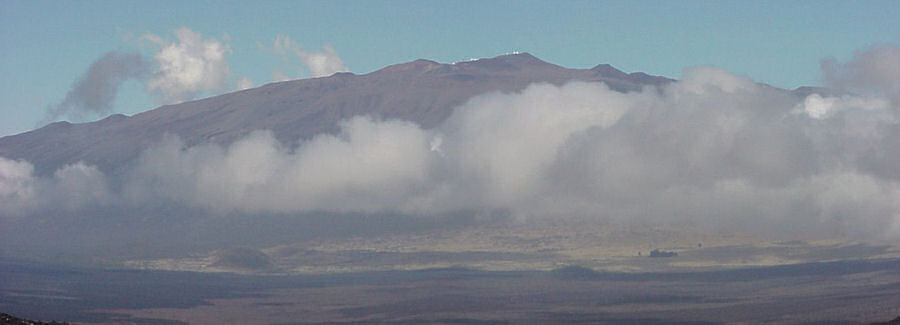

Above: A view of Mauna Kea from the Mauna Loa Observatory. The Mauna Kea Adze Quarry is located near the top of the peak in the vicinity of the astronomical observatory domes.
|
Our geochemical studies of Hawaiian basalt sources and artifacts were relatively short-lived - we largely discontinued them when the
University of Hawaii (Hilo) acquired an EDXRF spectrometer in about 2004. They were in a much better position to sample and analyze the local basalt sources and museum collections than we were and we were happy to keep our interests focused on the more accessible mainland sources.
Of the limited number of Hawaiian toolstone sources in our reference collection, none was more interesting than the material from the high-elevation Mauna Kea Adze Quarry and with only a few exceptions, most research on Hawaiian basalt sources has focused on the quarry complex that is located high on the upper slopes of Mauna Kea. This quarry was the largest in the Pacific region and covered over 12 square kilometers. Bayman et al. (2001) characterize it as: " ... the apex of non-agricultural economic intensification in the Hawaiian archipelago ...". Ongoing research by the UH XRF Lab will be looking in more detail at the geographic distribution of adzes and other artifacts from the Mauna Kea source.
References: Bayman and Nakamura (2001), Cleghorn (1982, 1986), Lundblad et al. (2007), McCoy (1977, 1990), Mills and Lundblad (2006), Mills et al. (2008, 2011), Williams (1989), and Wolfe et al. (1997).

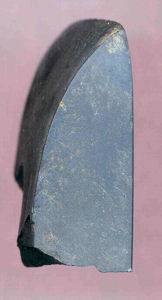
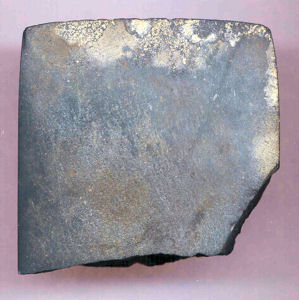
Above: Different views of a classic Polynesian adze recovered during an archaeological survey on Maui. This artifact was chemically correlated with the Mauna Kea Adze Quarry source on the Big Island.
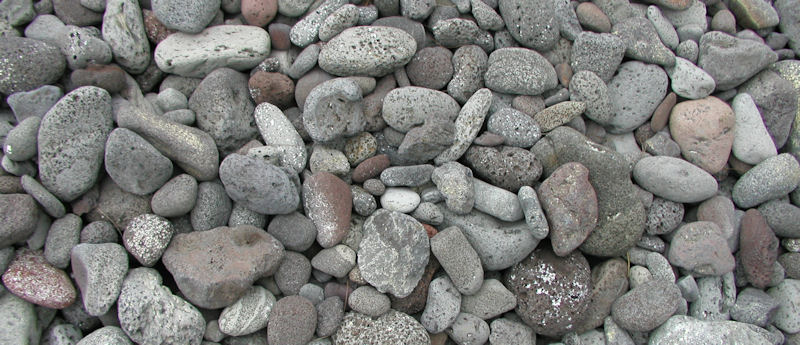
Above: Fine-grained and slightly vesicular basalt stones on the beach in Polulu Valley, northern Kohala Coast, Big Island. Tradition has it that the rocks from this source were passed hand-to-hand to the the south where they were used to build the Pu'ukohola Heiau located near Kawaihae.
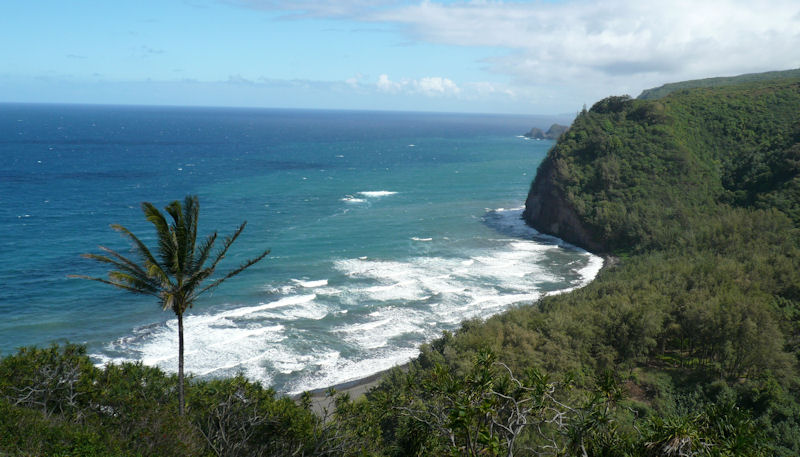
Above: Polulu Valley as seen from the trail that leads from the end of the road down to the beach.

Acknowledgements: Our thanks to Scott Williams for providing geologic source reference samples for analysis that were collected during his research at the Mauna Kea quarry. |